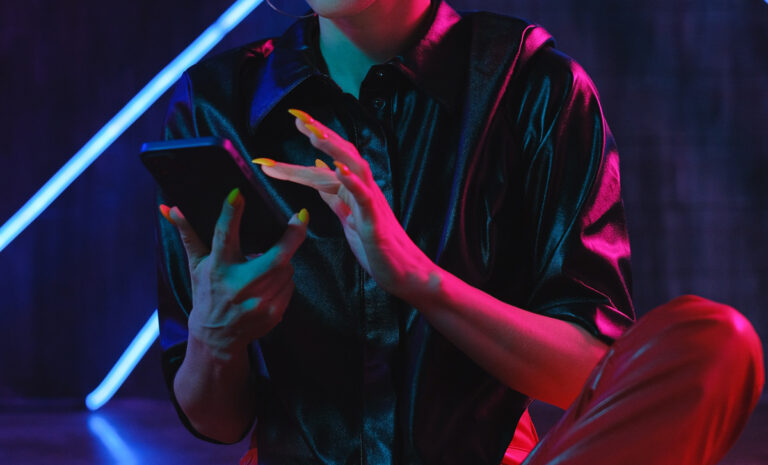Instagram link stickers are now available to everyone. What could possibly go wrong?
First came the iconic swipe ups, followed by the undesirable-yet-flexible link stickers on Instagram Stories. Then the platform started testing ways to set a custom text for such stickers before ’punishing’ some users by taking away this privilege entirely. Instagram’s latest—hopefully not impromptu—decision is to roll out the link-sharing feature to everyone, regardless of their follower count.
Announcing the expansion via a blog post, Instagram highlighted its commitment to “Equity, Expression and Enablement” with the update—thereby introducing new ways for creators and businesses to reach more fans and engage with their community while boosting their overall exposure. Gone are the times when the feature was limited to verified accounts or those with a minimum of 10,000 followers. Took them long enough, right? Or as CEO Adam Mosseri explained himself after receiving years of feedback against the gatekeeping of the feature: “We heard you, 🙏.”
Today, we’re launching the new Link Sticker 🔗 globally. This allows anyone, regardless of follower count, to easily share links in a story.
— Adam Mosseri (@mosseri) October 27, 2021
We’ve received a lot of feedback over the years on limiting links to accounts with >10k followers, and we heard you, 🙏🏼 pic.twitter.com/uhJPXLscVo
It goes without saying that the update is a game-changer for small creators and businesses who were previously struggling to hit the 10,000 mark with followers. Believe me, I’ve been there and passive-aggressively joked about it to redirect followers into my bio—a tactic which never seemed to pan out the way I wanted it to, given the fact that we’re all looking to minimise additional taps with our 8 second attention spans. That’s exactly where link stickers come in. They’re convenient and accessible, ridding audiences of the extra hassle when it comes to learning more about a product, reading an article, signing up for a service and more.
All you have to do is capture or upload content to your Story, select the sticker tool from the top right and navigate to the ‘Link Sticker’ option to add your desired link. Once you enter the link, you have the option to place the sticker anywhere on your Story and play around with its colour variations upon tapping. Easier said and done.
But just like any other global accessibility feature on social media platforms, it comes with a catch. For starters, the 10,000 follower limit to access link-sharing was put into motion to stop spammers from making new accounts—a fairly easy process by the way—just to share malicious links. With misinformation and hate speech more rampant on the platform than ever before, the criteria essentially helped gatekeep such content. The war was instead being waged on the popular ‘link in bio’ service Linktree, which has now become a sneaky hotspot for anti-vaxxers and conspiracy theorists to perpetuate harmful ‘facts’ online.

In short, instead of a sarcastic sigh of relief by stating “took them long enough,” we should be wondering if it actually took them long enough to implement link stickers for everyone. Did Instagram really think this through before rolling the feature out? Or will it pan out like the case of the present link stickers—where they are still introducing crucial developments as we go? According to the blog post, new accounts and those who engage with content that violates Instagram’s Community Guidelines will not have access to the link sticker. The platform also highlighted how this is part of its efforts to limit harmful content on the platform, for which they once introduced an algorithm to steer teens away from instead of taking it down in the first place.
A plethora of comments under Mosseri’s announcement on both Twitter and Instagram seems to confirm the obvious—with many stating how the platform is introducing changes while neglecting their existing customer service. “My account has been disabled for 27 days for no reason and [there are] so many accounts you have up that actually violate guidelines,” wrote a user, adding how the appeal team takes months to respond. Another outlined how this update is useless as long as their account is wrongly disabled and the platform is doing nothing to solve it.
While the real-time impact of the update is yet to be seen, it doesn’t hurt to be wary of links on shady Instagram Stories. So make sure to be cautious yourself because the billion-dollar company evidently seems to be on a 3am roll to boost engagement on its platform.





